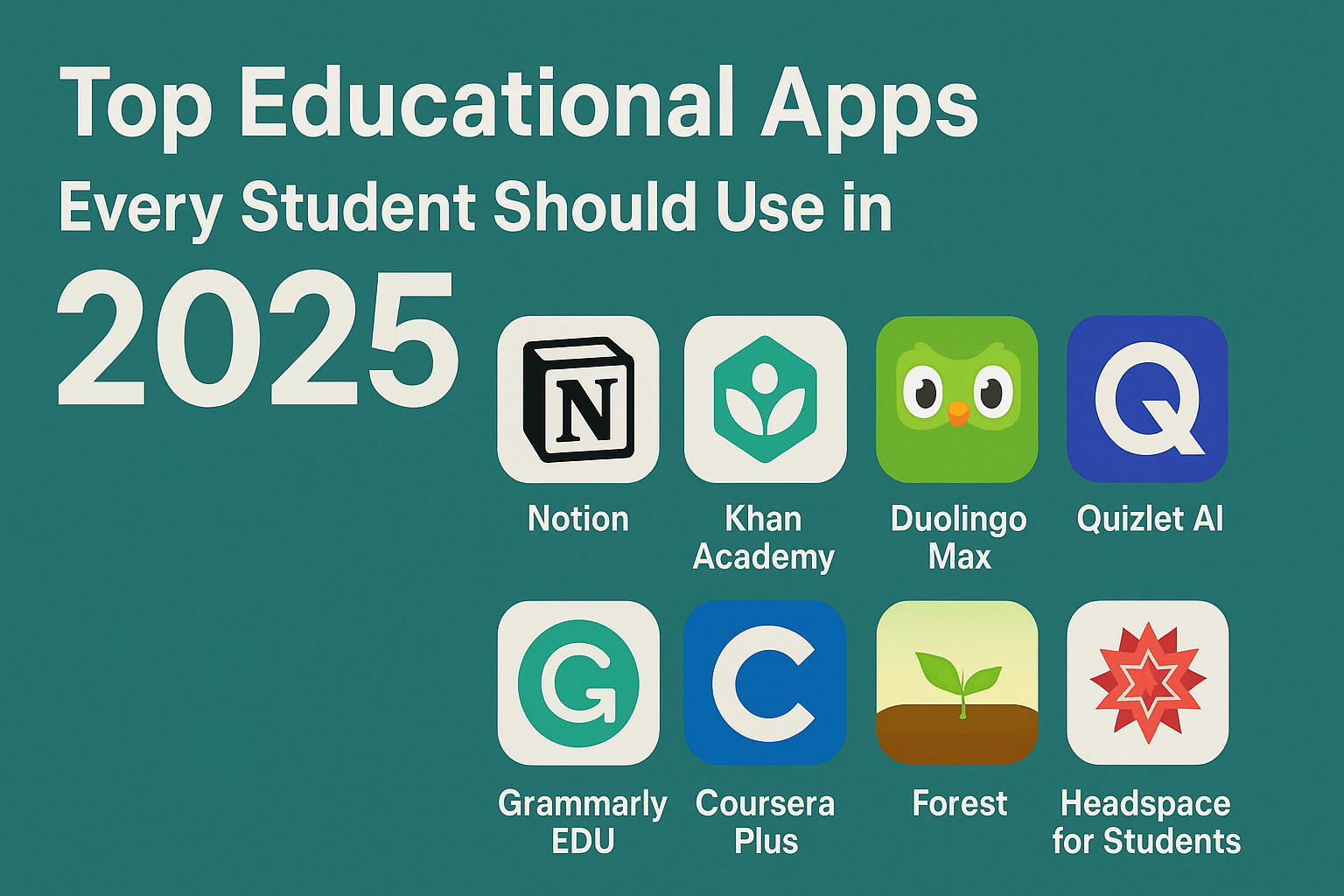Image from : ramseysolutions.com
With the average cost of college tuition rising each year, many students and families are asking the same question: “How can I pay for college without drowning in student loan debt?” The good news? It’s possible — if you plan smartly and explore the right financial strategies.
This guide outlines practical and proven methods to pay for college without borrowing a dime.

sourch : hvparent.com
1. Apply for Federal and State Grants
Grants are free money — they don’t need to be repaid. Start by filling out the Free Application for Federal Student Aid (FAFSA) as early as possible. You may qualify for:
-
Pell Grants
-
Federal Supplemental Educational Opportunity Grants (FSEOG)
-
State-sponsored grant programs
These are income-based and can cover a large portion of your tuition if you qualify.
💡 Pro Tip: Many states have early deadlines, so submit your FAFSA ASAP.
2. Maximize Scholarships
Scholarships aren’t just for athletes or top-tier students — there are thousands of scholarships for nearly every background, interest, or career goal. Some platforms to explore:
-
Scholarships.com
-
Fastweb
-
College Board Scholarship Search
Apply early, apply often, and don’t ignore local or niche awards.
📈 Did You Know? Students leave over $100 million in scholarship money unclaimed each year.
3. Choose an Affordable School
The prestige of a university doesn’t guarantee higher earnings. Start with community colleges or in-state public universities, then transfer if needed.
Key tips:
-
Research schools with generous financial aid packages.
-
Consider “no-loan” colleges like Princeton or Amherst.
-
Weigh total cost vs. long-term return on investment (ROI).
4. Work While You Study
A part-time job or paid internship can go a long way. Look for on-campus jobs, which often offer flexible hours and a better work-study balance.
Top options:
-
Federal Work-Study programs
-
Freelancing online (writing, design, tutoring)
-
Gig economy jobs (Uber Eats, TaskRabbit)
💸 Real Impact: Earning just $200/week during the school year can offset up to $6,000 annually in costs.
5. Use a 529 College Savings Plan
If you or your parents started early, a 529 Plan is one of the best tools to pay for college tax-free. Even small monthly contributions add up over time.
Benefits:
-
Tax-free growth
-
Withdrawals are tax-free when used for qualified education expenses
-
Some states offer tax deductions for contributions
6. Live at Home (If Possible)
Room and board can double your college costs. If you have the option to live at home, take it — even if just for your first year or two.
Alternatively, consider:
-
Sharing off-campus housing
-
Becoming a resident advisor (RA) for free room and board
7. Test Out of Courses or Accelerate Your Degree
Earning college credit before or during your degree can save both time and money:
-
Advanced Placement (AP) exams
-
College-Level Examination Program (CLEP)
-
Dual enrollment in high school
-
Summer or winter sessions
Graduating early means less tuition paid and more time earning.
8. Seek Employer Tuition Assistance
Many companies offer tuition reimbursement for employees. This is especially true in fields like:
-
Healthcare
-
Technology
-
Business
-
Education
Even retailers like Amazon, Starbucks, and Walmart offer programs to help pay for college.

sourch : ramseysolutions.com
Final Thoughts
Paying for college without going into debt isn’t easy — but it’s entirely possible. By combining smart financial planning, scholarships, work opportunities, and strategic school choices, you can graduate debt-free and financially empowered.













